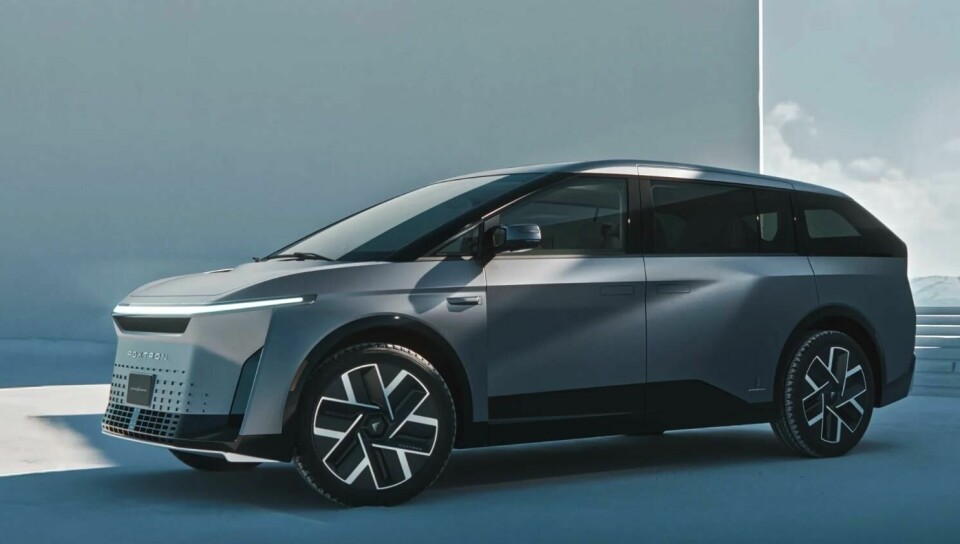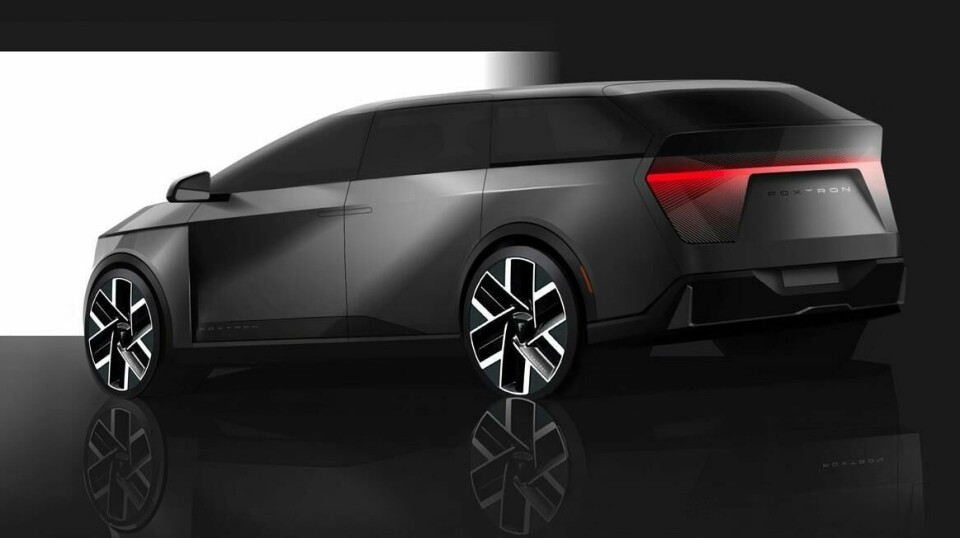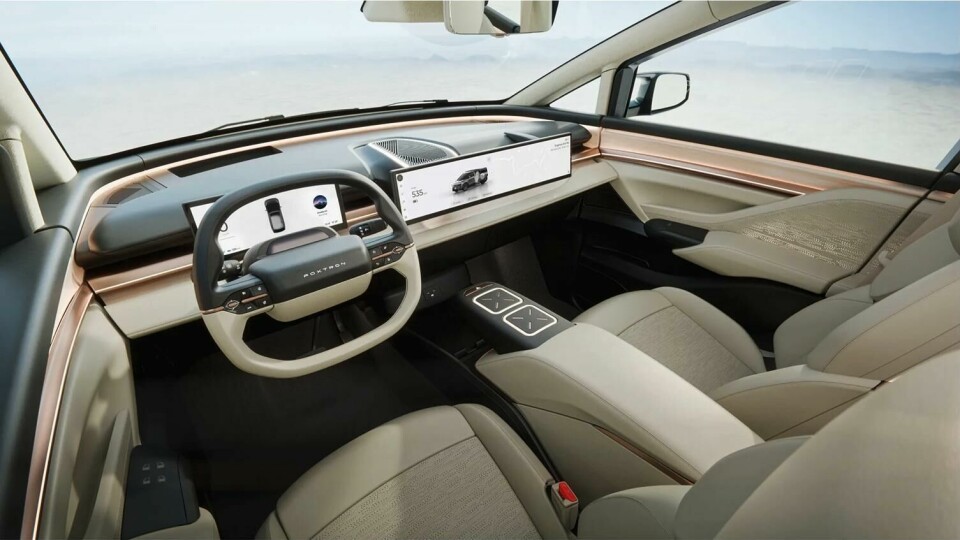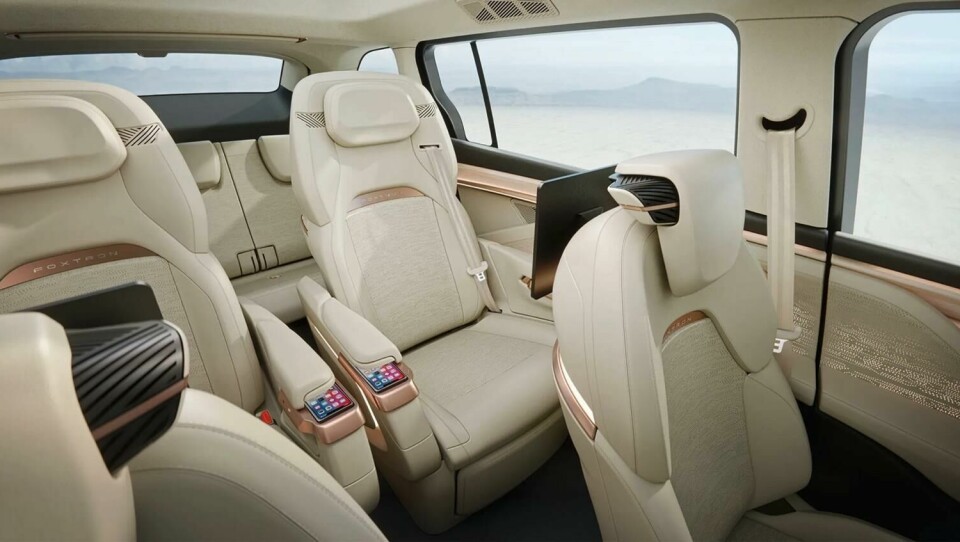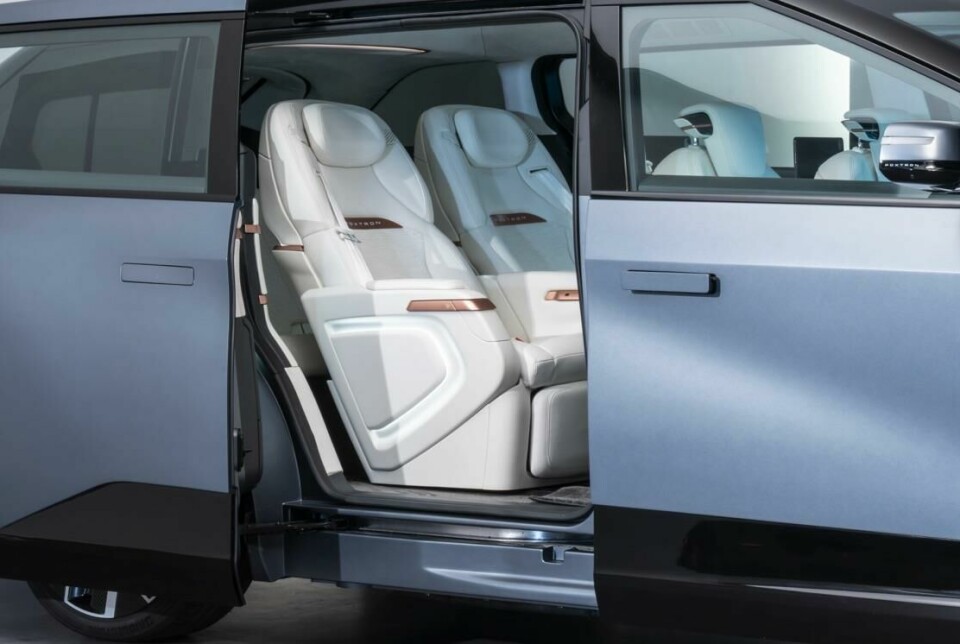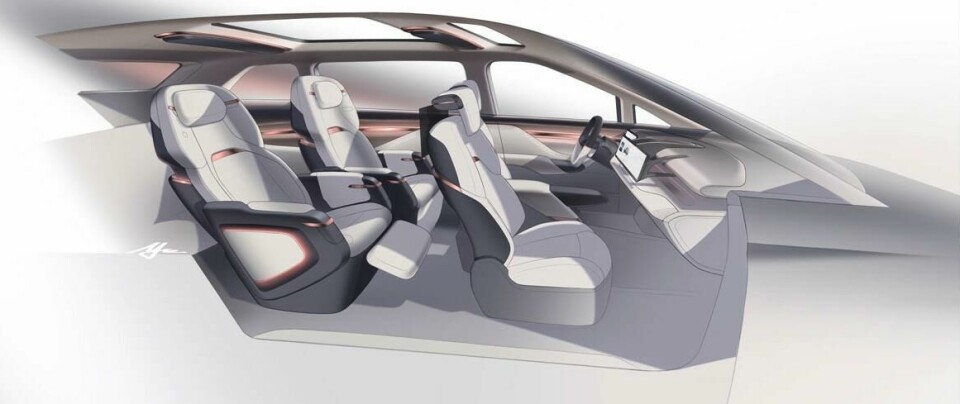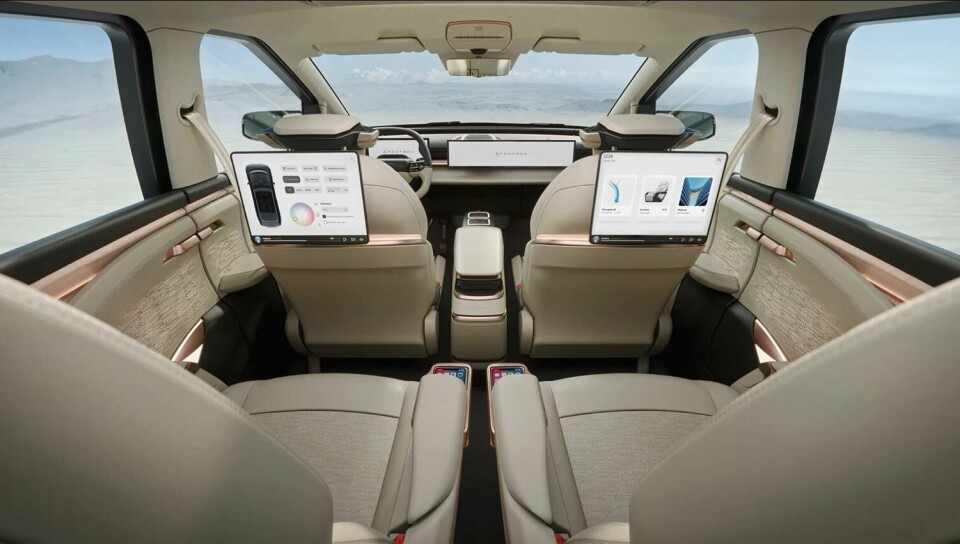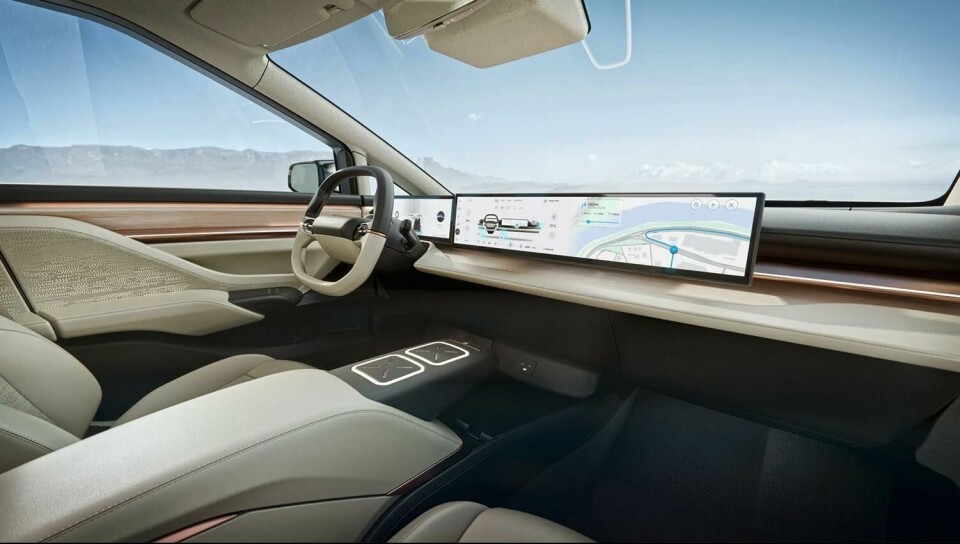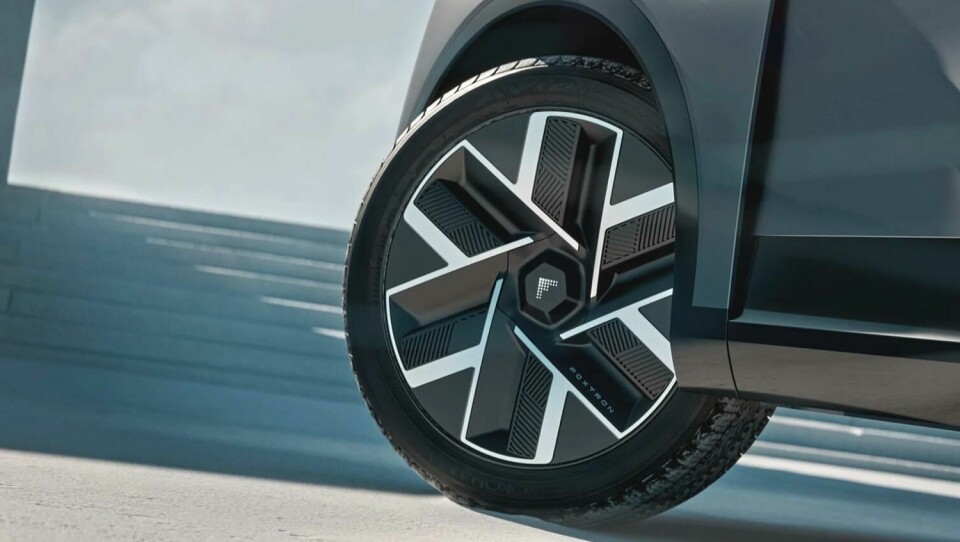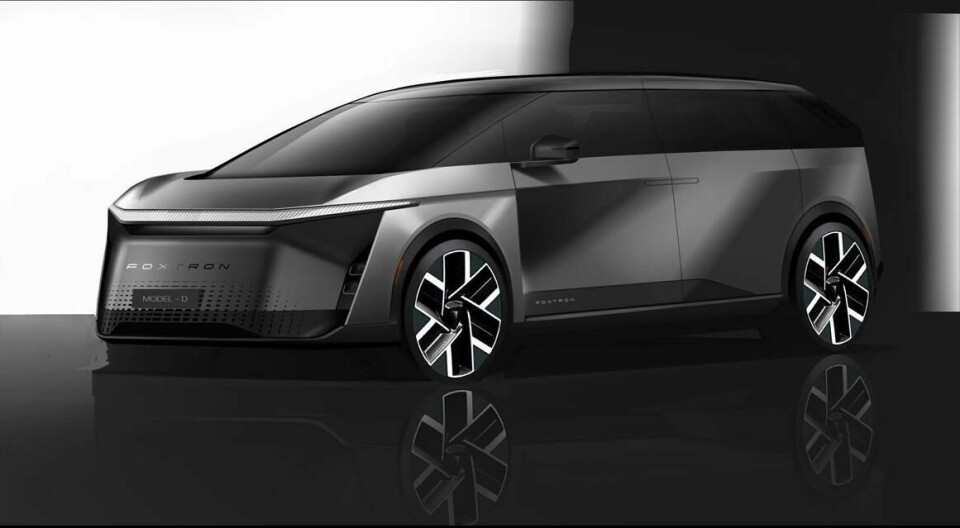
Foxconn goes from iPhones to cars with first EV: the Foxtron Model D
The maker of iPhones introduces a new SUV-MPV hybrid
It is definitely not the Apple Car. That mythical – and now terminated – project may have involved Foxconn, the maker of Apple’s best-selling iPhones, iPads and more. But this new vehicle is entirely Foxconn’s own, with a little help from the Italian design house, Pininfarina.
The new vehicle, the Model D, was introduced this week at Foxconn’s Tech Days. It is part of a new range of vehicles that Foxtron, Foxconn’s vehicle division, is introducing with production planned in the near future. One model, the Model C, is already in production in Taiwan and sold as the Luxgen n7, an SUV with five or seven seats.
The Model D is a hybrid, not in terms of the powertrain, but a packaging hybrid of SUV and MPV. It is a formula that, if done well, could revive the MPV market, especially in North America, where the MPV or ‘minivan’ is widely respected for its functional qualities, but is considered déclassé by the very demographic it was designed to serve.
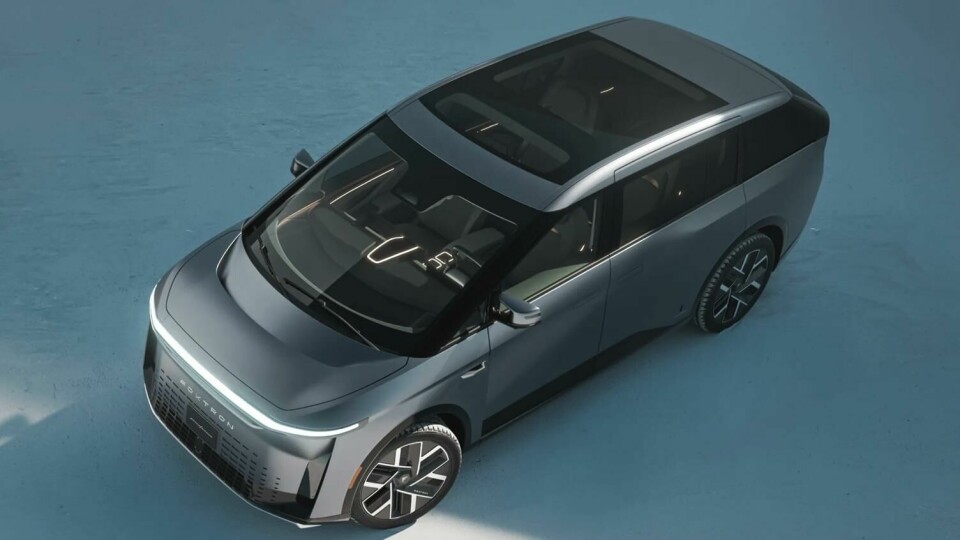
Foxconn has cast the Model D as a Lifestyle Multipurpose Utility Vehicle (LMUV). Pininfarina considers the vehicle an SUV, albeit a highly evolved one. “Our design team took great care in creating the Model D from the inside out, focusing on maximising interior space while maintaining a sleek, aerodynamic exterior,” explained Felix Kilbertus, chief creative officer of Pininfarina. “This approach provides exceptional visibility and a modern, athletic feel that appeals to today’s drivers.
“The Model D is a significant evolution from traditional SUVs, offering a spacious cabin wrapped in a monolithic, aerodynamic body. We are thrilled with the deep collaboration we’ve had with Foxconn, enabling us to create a cohesive family of electric vehicles that includes the Model E, Model B, and now the Model D.”
The Model D is a large vehicle with a length of approximately 5100 mm and a wheelbase of 3200mm (about the size of a Ford Transit van). It can seat seven in luxury, especially in the second row, where reclining captain’s chairs face iPad-like touchscreens, and there is a pocket on the armrests for that all-important iPhone. Presumably it charges as well.
Up front there is an instrument screen and a broad rectangular infotainment screen. There are some control buttons on the ‘squircle’-shaped (that’s square + circle) steering wheel. But screens are Foxconn’s coin of the realm (they make iPhones, iPads, Kindles and Nintendos, among other devices), and they will be prominent in any vehicle it produces.
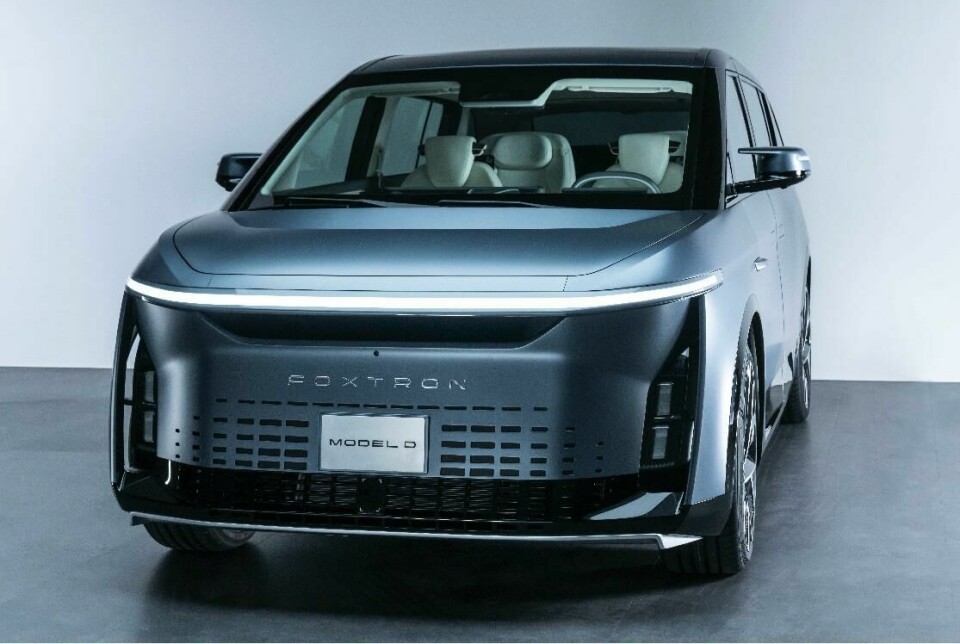
The exterior, at first glance, looks like an MPV, but, at five metres long, there’s no mini about this van. There’s a strong air dam up front with an LED light bar above, while grilles in front of the wheels channel air through the electric motor, exiting at the driver’s door.
The side elevation reveals a busy side aspect with air channels at the front wheels and a strong character line at headlight level, drawing the eye along the flanks, with a subtle sculpting of the sheet metal between the wheels.
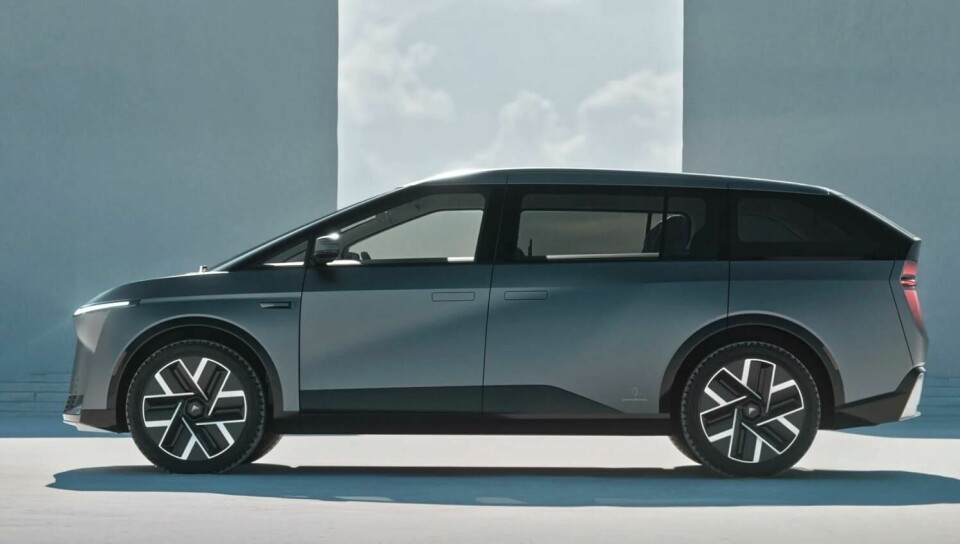
The side profile also reveals a more SUV-like character, with a short but pronounced bonnet and a roof with an arc that rises to the B pillar and then gradually slopes down to the rear hatch.
The rear is aerodynamically sculpted as well with alternate convex and concave surfaces, and features a broad taillight assembly with interesting textures in the bezels.
Overall, the vehicle is quite a chunk, which Pininfarina is careful to characterise as monolithic. That’s not a bad image, especially in contrast to the soft accommodating luxury of the interior.
Where the Model D goes from here is not quite clear. Foxconn is definitely interested in developing a line of vehicles, but will it develop the Foxtron brand? Foxconn’s business model is largely built on contract manufacturing for Apple, Amazon and others, so will it step forward into the rough-and-tumble business of marketing, brand and vehicle placement, and all the other challenges of a modern automotive company?
It’s a question put to a lot of newcomers – Xiaomi, for instance. We should know by 2026, the scheduled production launch of the Model D.
